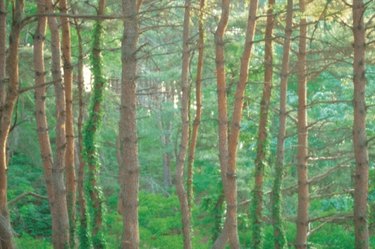
A plant's stems support its branches and foliage and deliver water and nutrients to all parts of the plant. Stems that incorporate wood as their structural tissue are classified as woody stems. Woody stems add height and girth during every growing season, and many of the larger plant species like shrubs and trees are supported by woody stems.
Herbs
Video of the Day
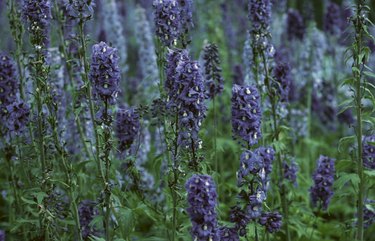
Some edible and aromatic herbs feature stiff, bark-covered stems. Lavender is a bushy shrub that establishes a woody base of stems. As growth is added each year, the woody part of the stem builds to create a larger plant. Some varieties of thyme also develop similar woody stems after several years of growth. When left untrimmed, woody herbs may become stunted and fail to produce full blossoms each year.
Video of the Day
Trees
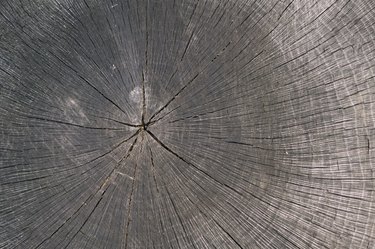
Though more commonly referred to as trunks, the structural support for trees is technically a well-established woody stem. In order for trees to achieve their superior height, their stem must be structurally reinforced with wood that is strong enough to bear the weight of the upper canopy. Every year of growth, the tree trunk builds another structural layer so that the tree can continue to grow. The layers appear as rings, so if you cut the stem, you can see several layers of wood growth. All trees -- from coniferous pines to tropical palms -- have woody stems.
Shrubs
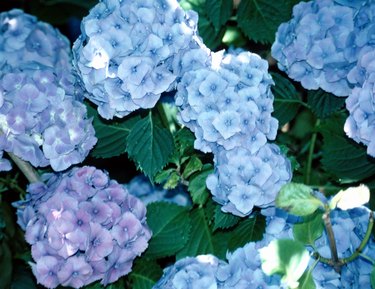
Most types of shrubs have several low-growing woody stems. Each stem may directly root to the ground, or it may extend from a single central woody stem that looks like a thin trunk. Flowering bushes like hydrangea and forsythia sport bright spring and summer blossoms, and the sturdy woody stems make the plants well-suited for arrangements of cut flowers. Berry bushes like raspberry and blueberry also feature winding, woody stems that support their edible bounty. Evergreen shrubs that are commonly used in landscaping also feature woody stems, including the common boxwood and several varieties of juniper.
Vines
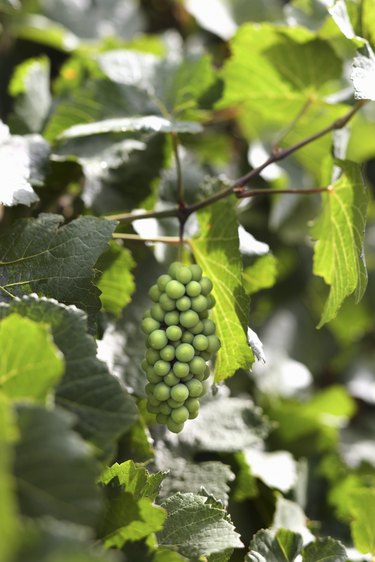
Some climbing vines have sturdy wood-based stems. These vines are often used to add vertical color and interest to predominantly horizontal landscapes and structures. Grape vines, scarlet honeysuckle and clematis are examples of woody-stemmed climbing vines.